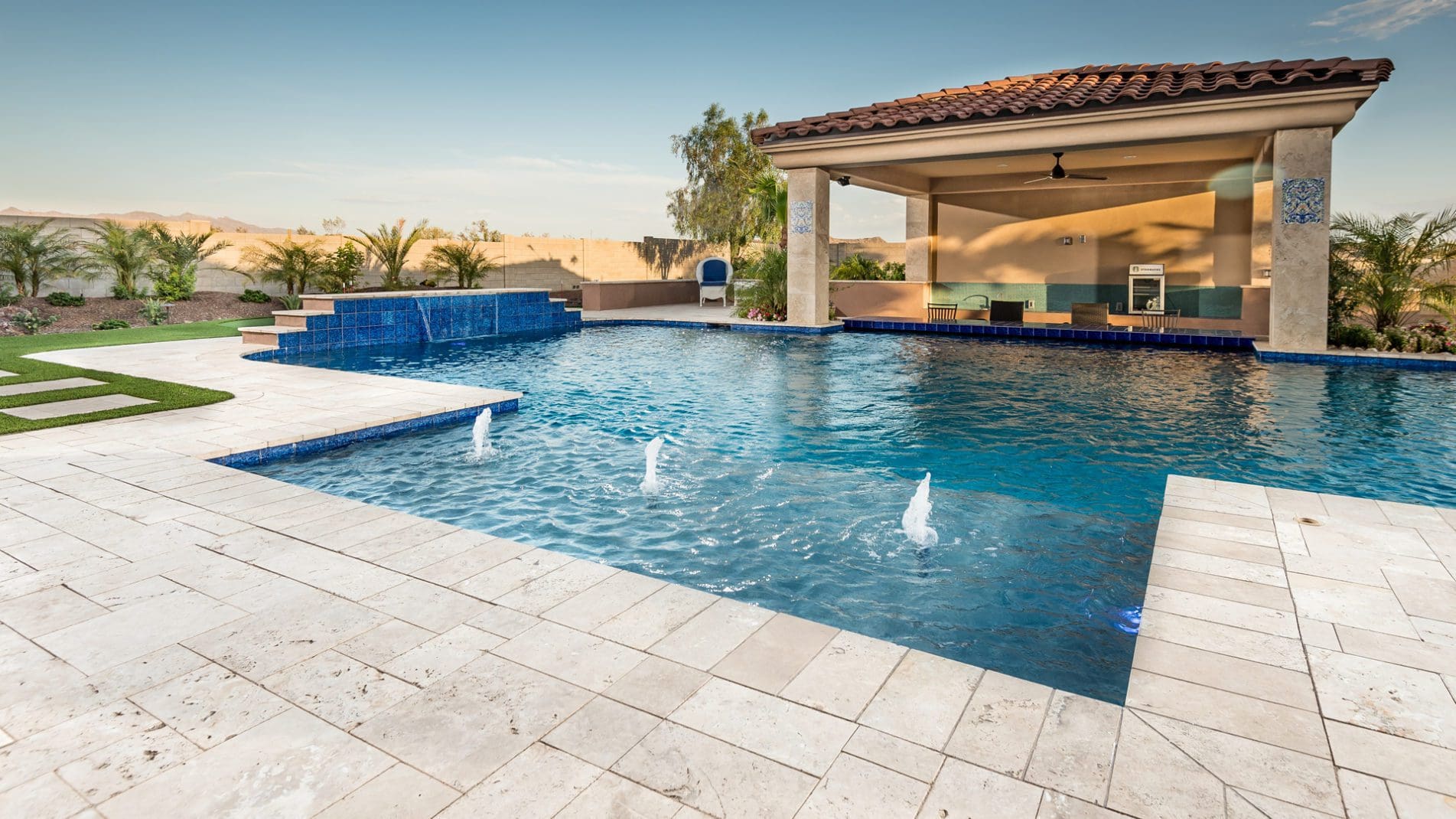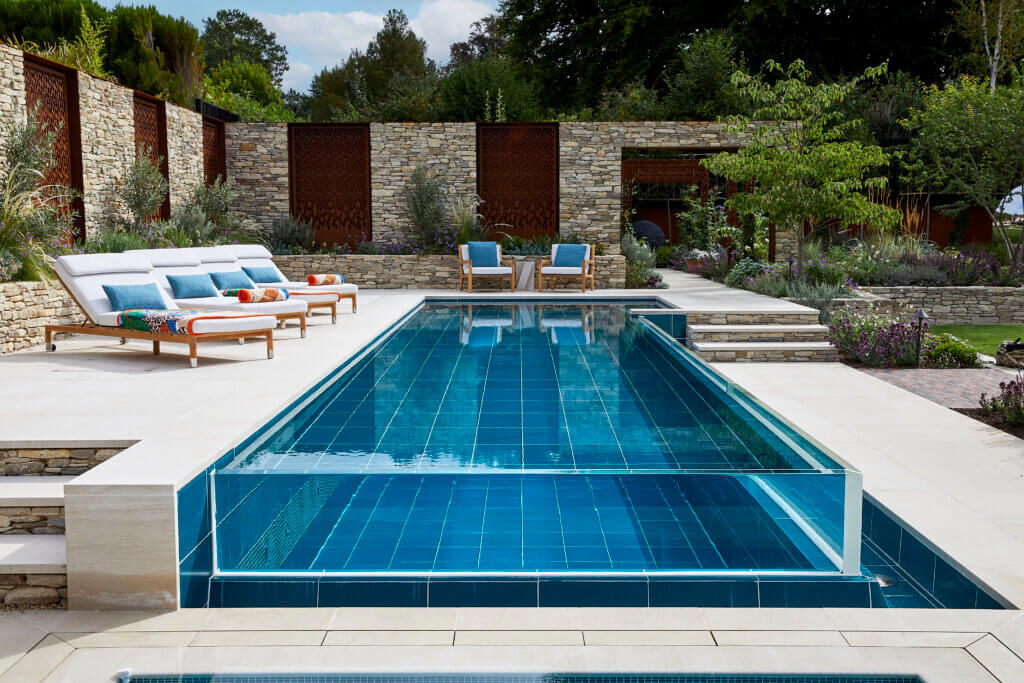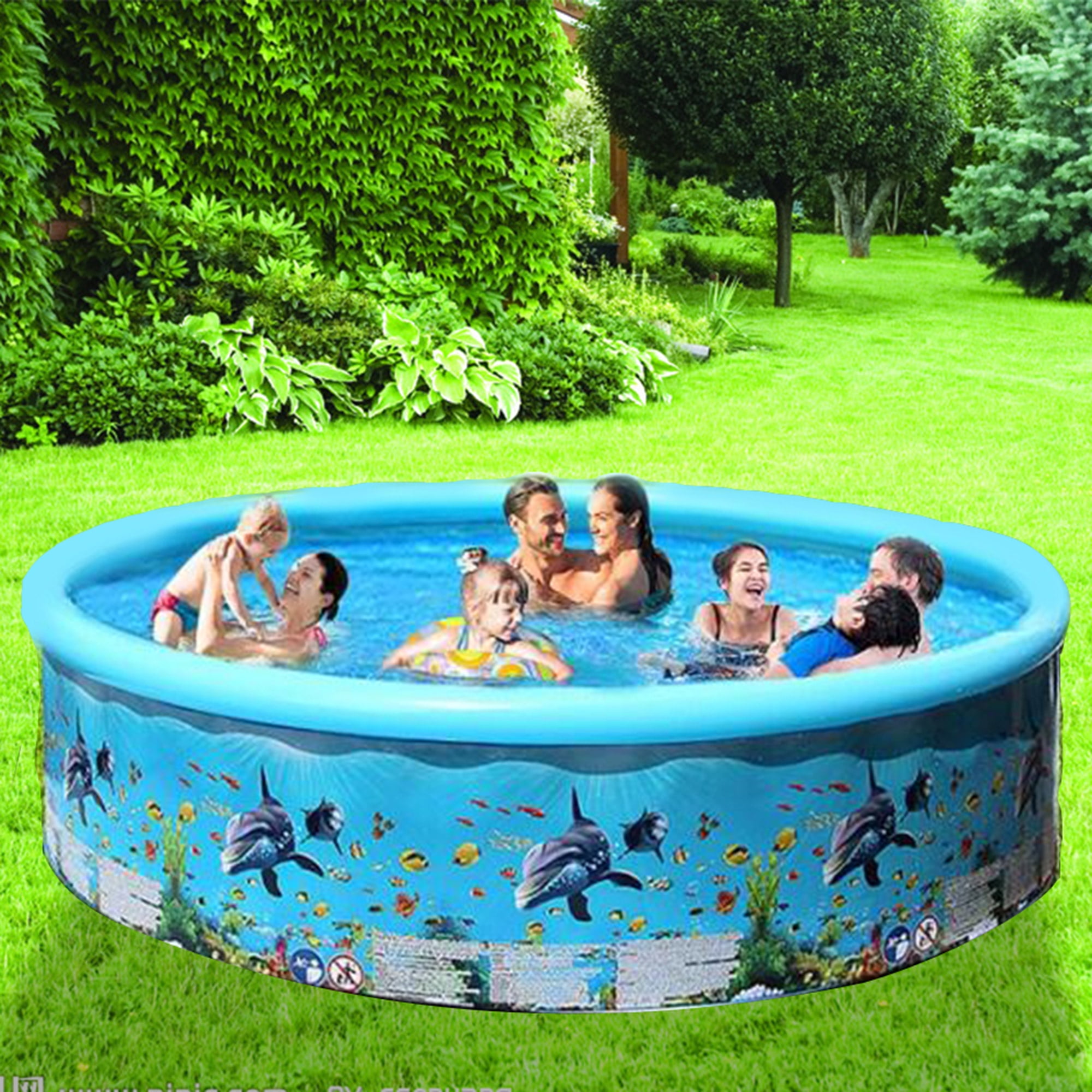Maintaining a swimming pool can be a daunting task, especially when it comes to keeping the water clean and safe for swimmers. One of the most popular methods for pool sanitation is the use of 3-inch chlorine tablets. While these tablets are effective for sanitizing pool water, users often encounter various issues that can compromise their pool’s safety and cleanliness. This article will delve into common problems associated with 3-inch pool tablets, practical troubleshooting tips, and best practices for ensuring optimal pool conditions.
Understanding 3-Inch Pool Tablets
3-inch pool tablets, primarily composed of trichloroisocyanuric acid (TCCA), are a stabilized form of chlorine that slowly dissolves in water. They are designed to provide long-lasting chlorination, making them a favored choice among pool owners. However, improper use or external factors can lead to several issues that affect water quality.
Common Issues with 3-Inch Pool Tablets

Before addressing troubleshooting strategies, it’s essential to identify the common issues pool owners face when using 3-inch tablets:
- Low Chlorine Levels: Insufficient chlorine can lead to algae growth and cloudy water.
- High Cyanuric Acid Levels: TCCA tablets contain stabilizers that can lead to an excess of cyanuric acid.
- Cloudy Water: Poor water clarity can arise from various factors, including improper tablet usage.
- Corrosion of Pool Equipment: High chlorine levels can cause damage to pool surfaces and equipment.
- Discoloration: Staining from improper tablet dissolution or placement.
Troubleshooting Low Chlorine Levels

One of the most common issues pool owners face is low chlorine levels. This can happen due to several reasons: improper tablet placement, inadequate circulation, or not enough tablets being added to the pool. Here’s how to troubleshoot:
- Check Tablet Placement: Ensure that 3-inch tablets are placed in a skimmer or chlorine floater, allowing them to dissolve evenly.
- Test Water Regularly: Use a reliable pool test kit to monitor chlorine levels. Aim for a range of 1-3 ppm for optimal sanitation.
- Increase Tablet Quantity: If chlorine levels are consistently low, consider adding more tablets or switching to a more concentrated form of chlorine.
- Maintain Circulation: Ensure your pool pump is running effectively to distribute chlorine throughout the pool.
Managing High Cyanuric Acid Levels
Cyanuric acid is a stabilizer that protects chlorine from being broken down by the sun. However, excessive levels can lead to reduced chlorine effectiveness. Here’s how to manage high cyanuric acid levels:
- Regular Testing: Test cyanuric acid levels monthly. Ideal levels range from 30-50 ppm.
- Partially Drain Water: If levels are too high, consider partially draining the pool and refilling it with fresh water.
- Limit Tablet Use: Reduce the frequency of chlorine tablet addition if cyanuric acid levels are high.
Addressing Cloudy Water
Cloudy water can be irritating and uninviting. It often signifies poor sanitation or chemical imbalance. Here are steps to clear up cloudy water:
- Shock the Pool: Administer a chlorine shock treatment to kill bacteria and algae.
- Use a Clarifier: Add a pool clarifier to help clump particles together for easier filtration.
- Check pH Levels: Maintain pH levels between 7.2 and 7.6 to promote effective chlorine function.
- Clean Filters: Regularly clean or replace pool filters to ensure efficient operation.
Preventing Corrosion of Pool Equipment
High chlorine levels can be detrimental, leading to corrosion and damage to pool equipment. To prevent this, consider the following:
- Monitor Chlorine Levels: Regularly check chlorine levels to ensure they do not exceed 3-5 ppm.
- Use Stabilizers Wisely: Avoid over-reliance on TCCA tablets. Consider using unstabilized chlorine for certain applications.
- Inspect Equipment: Regularly check pool surfaces and equipment for signs of corrosion or damage.
Resolving Discoloration Issues

Discoloration can result from improper tablet usage, such as placing tablets directly on pool surfaces. Here are some tips to resolve and prevent discoloration:
- Avoid Direct Contact: Always use a chlorine floater or skimmer basket to prevent tablets from contacting pool surfaces directly.
- Use Sequestering Agents: If discoloration occurs, employing sequestering agents can help eliminate stains caused by minerals.
- Regular Cleaning: Regularly clean the pool to remove any buildup that may lead to discoloration.
Case Studies: Real-Life Examples of Troubleshooting

Understanding how other pool owners have dealt with these issues can provide valuable insights. Here are two case studies:
Case Study 1: Low Chlorine Levels

Sarah, a pool owner from Florida, faced persistently low chlorine levels despite using 3-inch tablets. After testing her water, she realized her pump was not running adequately. She increased the runtime of her pump from 6 to 12 hours a day. Additionally, she placed the tablets in a floating dispenser. Within a week, her chlorine levels stabilized, and her pool water became crystal clear.
Case Study 2: High Cyanuric Acid Levels
/GettyImages-1755876961-5bd80168c9e77c00519b5a23.jpg)
Mike, who lives in California, encountered high cyanuric acid levels after a summer of heavy tablet use. After testing, he found levels exceeded 80 ppm. To address this, he partially drained his pool, replacing about 30% of the water. He also reduced his tablet usage and switched to a combination of liquid and granular chlorine for a more balanced approach. As a result, his chlorine effectiveness improved significantly.
Troubleshooting common issues with 3-inch pool tablets requires a proactive approach and regular monitoring. By understanding potential problems such as low chlorine levels, high cyanuric acid levels, cloudy water, corrosion, and discoloration, pool owners can take effective measures to maintain a clean and safe swimming environment. Regular testing, proper tablet placement, and adherence to best practices will enhance the effectiveness of chlorine tablets, ensuring that your pool remains an inviting oasis for relaxation and enjoyment.
In summary, keeping your pool in top shape involves diligent care and the right knowledge. Whether you are a seasoned pool owner or a newcomer, implementing the strategies outlined in this article will help you navigate the complexities of pool maintenance with confidence.